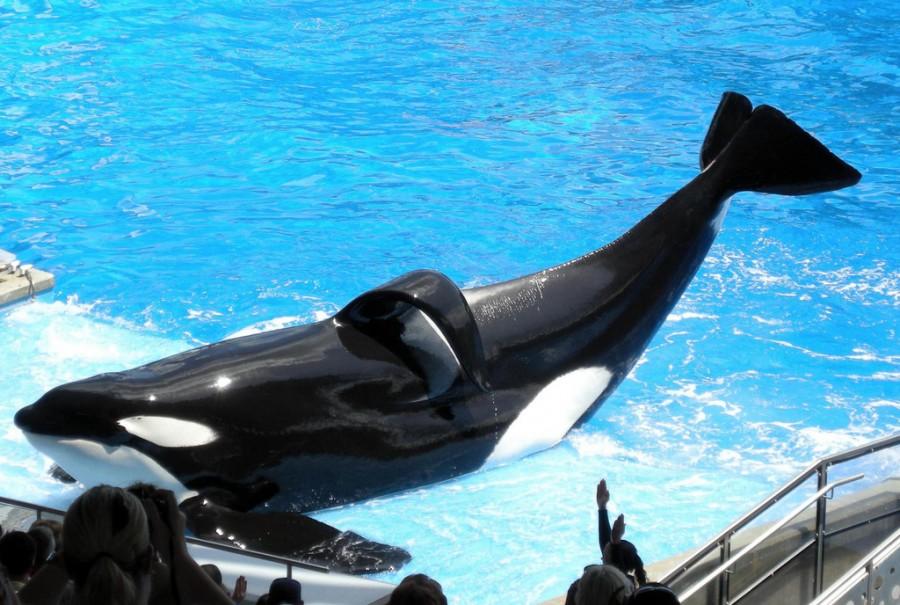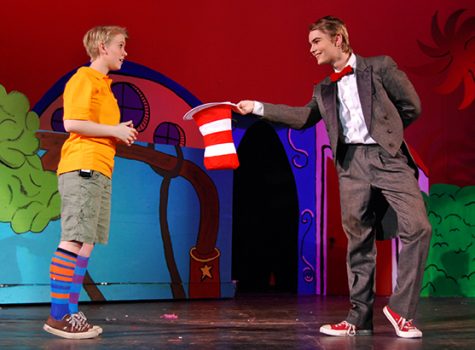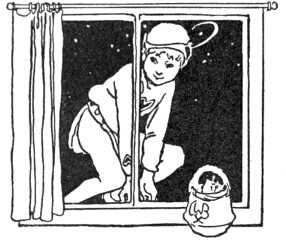Orca whales finally get justice
Last week, SeaWorld announced they are no longer breeding orca whales in any of their parks. This news brought a sigh of relief for many animal rights activists who are against keeping whales in captivity.
Over the years, SeaWorld has faced many angry animal lovers on the way they treat their animals, especially orcas, also known as killer whales. These whales are often confined in too small tanks, which leads to them having animosity towards their fellow whales as well as their trainers. One whale in particular, named Tilikum, is responsible for 3 human deaths, yet he remained on display at SeaWorld and even performed in shows. Tilikum’s first kill was in 1991, and there was nothing done to prevent future tragedies.
Studies have shown that orca whales are very social animals, and they rely on their relationships with other whales for their happiness and well-being. While killer whales usually stay by their mothers’ sides for their entire life, SeaWorld is known for tearing families apart, ripping calves from their mothers, causing great sadness and pain. This leads to them being angry and violent towards other whales as well as their human trainers. In Tilikum’s case, he was kept in a too small tank with two other dominant whales, where he was physically abused by them.
It is easy to see that captivity does orca whales more harm than good. Putting an end to the breeding of captive orca whales is a step in the right direction, and SeaWorld needs to consider how they treat all their animals, not just orcas.









